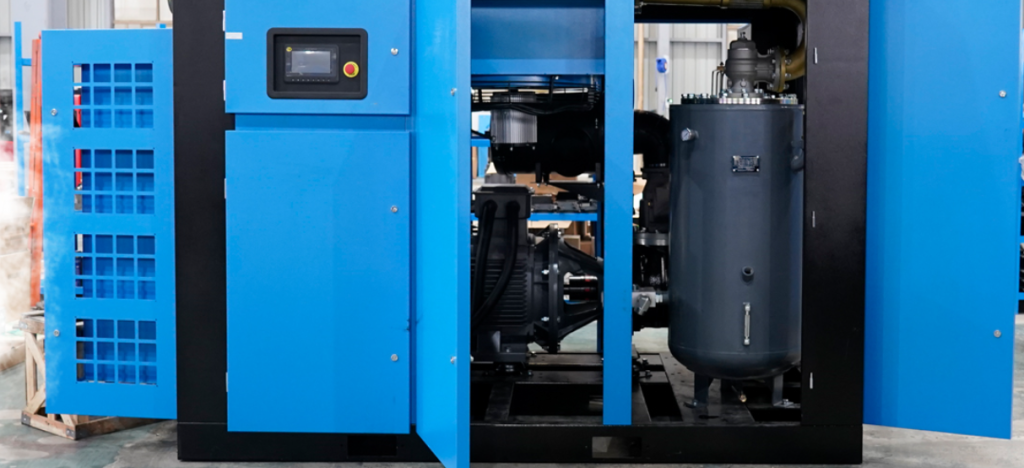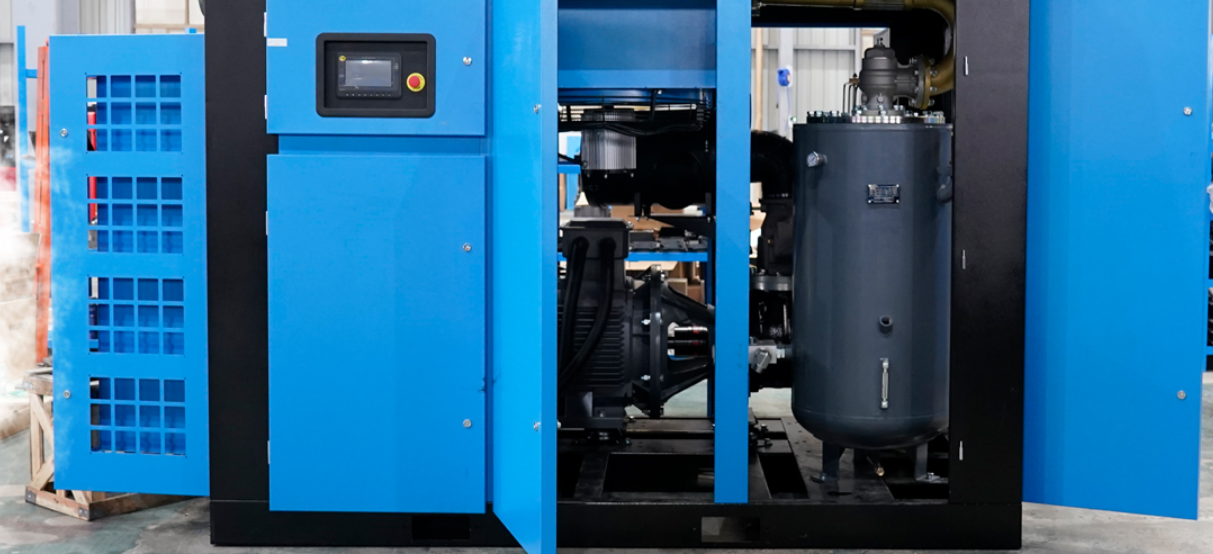What Does Nm3 Stand for?
What is Nm3? Nm3 stands for Normal cubic meter. It describes the volume a gas would fill if it were measured in one full cubic meter at an agreed reference temperature and pressure.
• Reference temperature: 0°C (273.15 K)
• Reference pressure: 1 atmosphere (101.325 kPa or 1.01325 bar)
By sticking to these normal conditions, scientists and engineers can compare volumes without local weather, altitude, or equipment quirks muddying the numbers.
A Complete Guide to Normal Cubic Meter
- In fields like energy, manufacturing, HVAC, and chemical engineering, measuring gas volumes correctly can make or break a project. Because of that, you keep bumping into the abbreviation Nm3, which stands for Normal cubic meter. But what exactly is Nm3, and why does everyone care so deeply about it?
- This down-to-earth guide explains Nm3 in everyday terms: what it measures, how it compares with liters or gallons, where you see it on the job, how to convert it, and why it shows up in almost every industry calculation. Whether you are still in school, already working as an engineer, or just curious about how factories handle gas, you will find clear examples and key facts here.
Why Metric Normal Cubic Meters (Nm3) Instead of Some Other Measure?
Gas volumes change with heat: a reading taken in a steamy Karachi plant looks much larger than the same amount noted in chilly Norway. Because of that natural expansion and contraction, traders and engineers rely on Nm3 to strip away local temperature and pressure, establishing a common reference point.
Norm Cubic Meters does this by imagining how each gas would behave if it sat at the agreed standard temperature and pressure, roughly 0 degrees Celsius and 101.325 kilopascals. Once you bake that adjustment into the number, everyone measuring, moving, or billing for gas starts from the same zero mark. That shared launch pad matters in many industries where small errors can lead to wasted product, lost revenue, or safety risks, including:
- naturally flowing gas supply chains
- Greenhouse-gas reporting
- Compressed-air systems
- chemical manufacturing
- HVAC design and maintenance
Most Common Roles For Nm3:
1. Natural gas bills are usually calculated in normal cubic meters. Doing so gives customers a fair way to compare costs wherever they receive service.
2. Compressed-air circuits declare output and machine specs in Nm3/hr, which helps producers match compressors, dryers, and piping to actual demand.
3. Emission studies ask factories to report pollutants in mg/Nm3, letting researchers line up results from plant to plant without guesswork.
4. Steel mills, refiners, and medical suppliers order O2, N2, or CO2 by the Nm3 because the predictable volume keeps processes steady and prevents costly stops.
5. HVAC crews calculate fresh-air changes in Nm3/hr to keep rooms safe, healthy, and comfortable for staff and customers alike.

Gas Flow Rate in Nm3/hr
The Flow rate measured in Nm3/hr tells you how much gas passes a given spot each hour under standard conditions. Tracking that rate, rather than just a total, lets crews catch leaks, test valves, and balance supply with demand. Examples:
- A single burner uses 10 Nm3/hr of gas.
- An HVAC system pulls in 500 Nm3/hr of outside air.
- Building a workplace around Nm3 and Nm3/hr keeps gear safe, efficient, and cheaper to run over time.
Why Nm3 Matters Most?
You may wonder what is Nm3 and why Nm3 matters instead of plain cubic meters. The quick answer is that gas volume shifts with temperature and pressure, unlike liquids or solids. Without a common standard, comparing gas volumes is like judging two balloons limp, cold one and a taut, hot one-and deciding they hold the same air when they don’t.
- Commercial Fairness:
When companies swap natural gas, each party wants a volume that isn’t blown off course by gusty weather or an unseasonable frost. Nm3 gives them that reassuring steadiness, so buyers pay only for the fuel they use at the edge, come rain or shine.
- Safety and Control:
Inside a plant, tracking how many Nm3 streams through every minute lets pumps stay on beat, mixtures hit the right recipe in the reactor, and, most crucial, keeps the floor crew clear of any blast.
- Environmental Compliance:
Dozens of green permits demand emissions to be reported in mg/Nm3 because that measure strips away temperature and pressure swing. It stops firms from chasing light readings by hauling hot gas out of the stack, letting regulators compare apples to apples every time.
- Equipment Sizing & Performance:
When a refinery orders an air compressor or a gas generator, the vendor almost always states the flow in Nm3/hr. That reference lets engineers slot the gear into the job without wild guesswork over summer heat, winter chill, or pressure dips.
Nm3 and Gas Density
If you already know the density at normal conditions, turning Nm3 into weight is straightforward math.
Quick Formula
- Mass (kg) = Volume (Nm3) × Density (kg/Nm3)
- For methane (CH4), density sits near 0.717 kg/Nm3.
- So, one normal cubic meter of CH4 weighs roughly 0.717 kg.
Compressed Air Systems-Powering Industry
In most factories, compressed air ranks just after electricity, water, and gas. Engineers report compressor capacity and tool demand in Nm3/h or Nm3/m. That shorthand helps them spot leaks, test efficiency, and size new gear quickly. For saving power, watching Nm3/h is simply vital.
Conclusion
Grasping what is Nm3? Does it matter for fair gas management? Whether trading natural gas, running air systems, logging emissions, or doing chemistry, normal volume eases gases’ wide natural swings. Holding gas volume at 0C and 1 atm turns Nm3 into a solid, repeatable yardstick teams can lean on. The payoff is a worry-free, apples-to-apples look at performance over months, jobs, and machines. For more information, visit VIBRANT.









